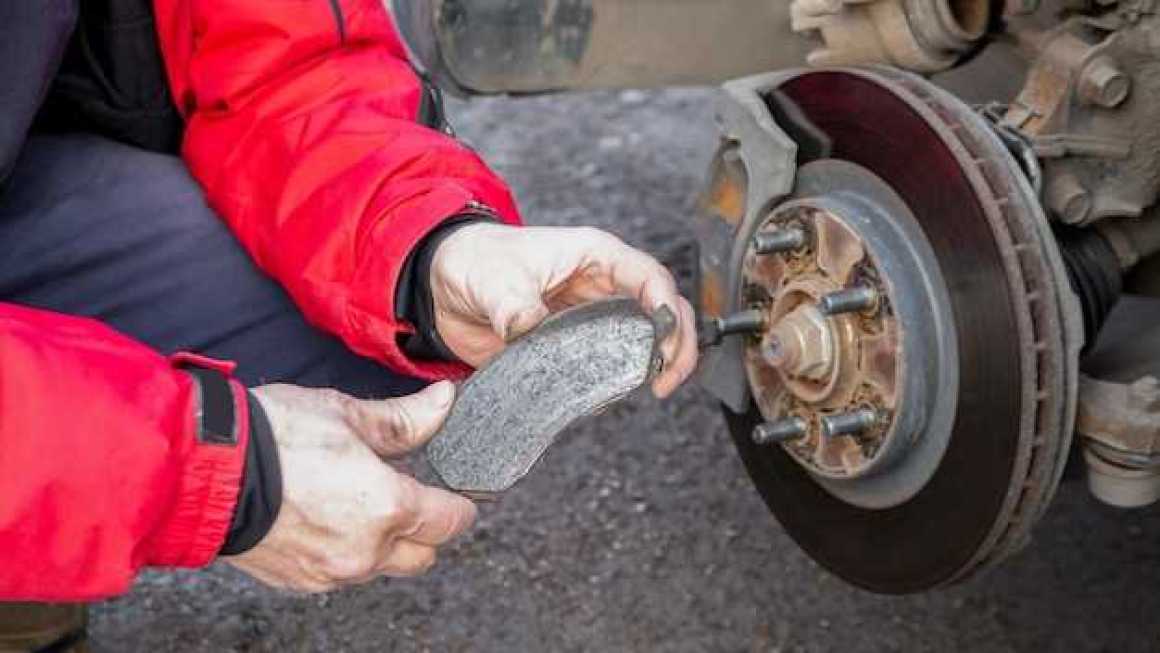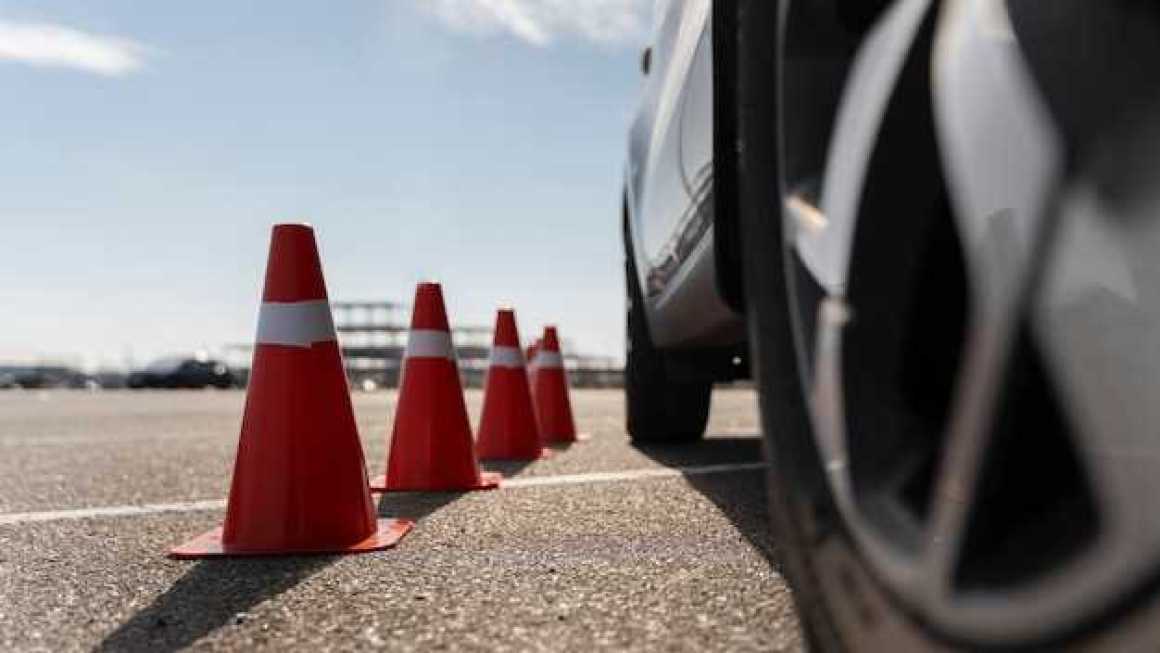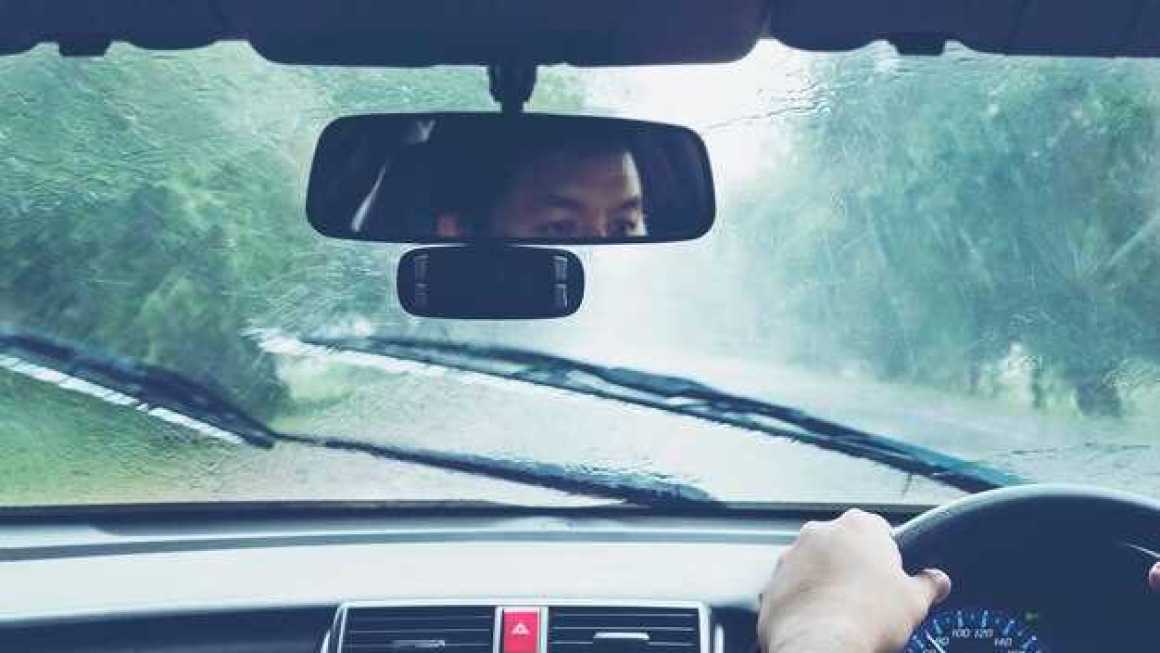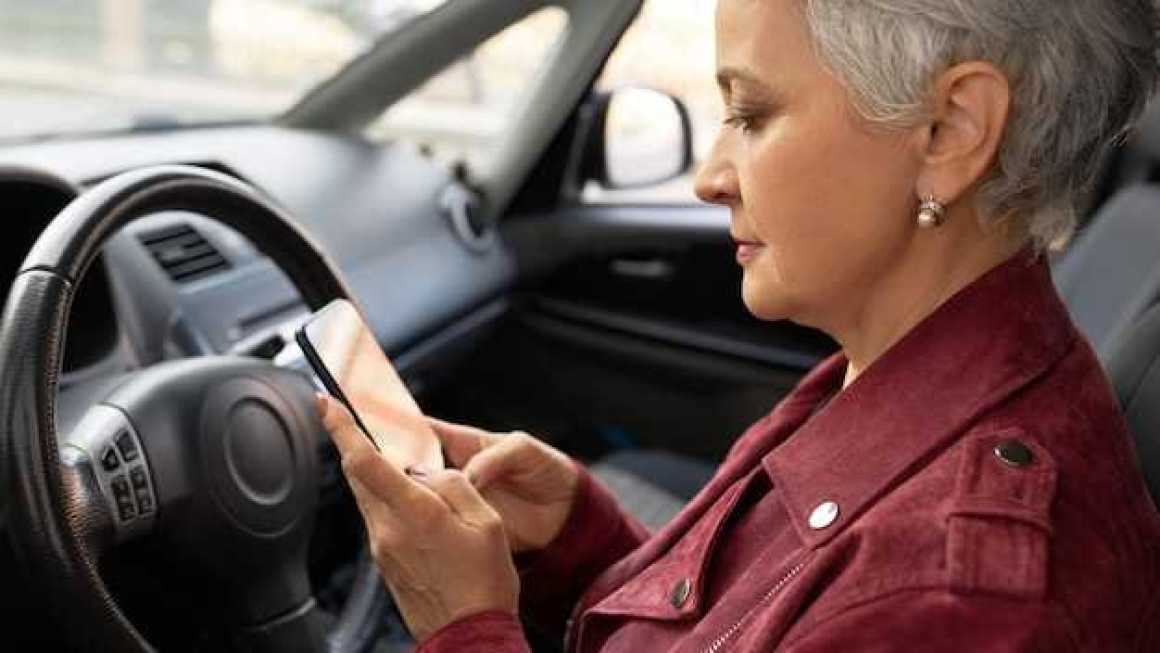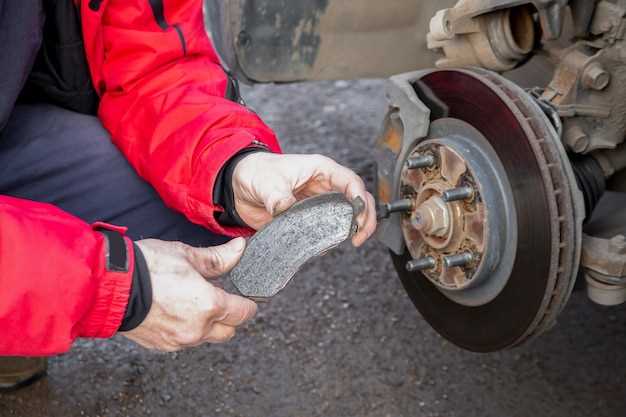
Experiencing a brake failure while driving can be one of the most terrifying situations for any vehicle operator. The sudden loss of braking power transforms a routine drive into an emergency where every second counts. Understanding how to react promptly and effectively is crucial to ensuring the safety of everyone on the road.
When faced with brake failure, it is important to remain calm and composed. Panic can lead to rash decisions that might exacerbate the situation. Recognizing the signs of brake failure–such as a soft or spongy brake pedal, unusual noises, or a warning light on the dashboard–can prepare drivers for an unavoidable emergency. Awareness of these indicators can be the difference between a controlled response and a disastrous outcome.
In this article, we will explore practical steps to take when encountering brake failure. From utilizing your vehicle’s built-in features to employing safe driving techniques, being informed can make all the difference in navigating such a critical scenario. Remember, your immediate actions can not only save your life but the lives of others on the road as well.
Immediate Actions to Take During Brake Failure
Experiencing a brake failure while driving can be a terrifying situation. Immediate actions are crucial for ensuring your safety and the safety of others on the road. Here are the steps to follow:
Stay Calm: The first and most important step is to remain calm. Panic can cloud your judgment and lead to poor decisions.
Assess the Situation: Quickly evaluate your surroundings, including the traffic conditions, the speed of your vehicle, and the road ahead. Knowing your environment will help you make informed choices.
Avoid Sudden Maneuvers: Do not make abrupt turns or sudden stops. Sudden actions can lead to loss of control. Instead, gently steer your vehicle to maintain stability.
Use Engine Braking: If your brakes fail, downshift to a lower gear to slow down the vehicle. This method, known as engine braking, can help reduce speed effectively.
Engage the Parking Brake: Gradually pull on the parking brake. Do not yank it suddenly, as this can cause your vehicle to skid. Instead, apply it slowly to bring your vehicle to a stop.
Alert Other Drivers: Turn on your hazard lights to warn other drivers of your situation. This signals that you may not be able to stop as expected, allowing them to give you space.
Look for an Escape Route: If the situation permits, look for a safe area to guide your vehicle, such as a shoulder or an open space. Aim for a spot that minimizes potential collisions.
Come to a Stop: If possible, direct your vehicle towards a soft area, such as grass or gravel, which can help slow your vehicle down more gently. As you approach a stop, remain cautious of other vehicles and obstacles.
Seek Help: Once your vehicle is safely stopped, call for assistance. Whether it’s roadside help or a tow service, do not attempt to drive your vehicle again until the brake system has been inspected and repaired.
Techniques for Slowing Down Without Brakes
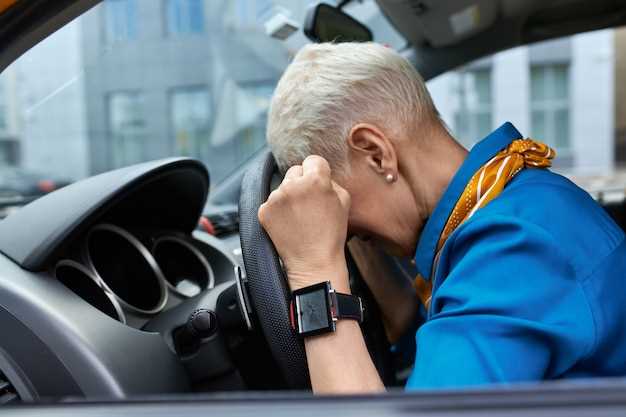
In the event of a brake failure, managing your speed becomes critical to ensuring safety. Several techniques can be employed to slow down a vehicle without relying on brakes. Understanding these methods can be vital during an emergency.
One effective technique is to downshift the transmission. By shifting to a lower gear, the engine can help decrease speed through engine braking. This method allows the wheels to slow down without the use of brakes, as the engine’s resistance works against the vehicle’s momentum.
Another approach is to use terrain to your advantage. If driving downhill, consider steering toward a softer surface or an incline that can help naturally reduce speed. This can be particularly helpful in controlling the vehicle’s momentum and avoiding a more dangerous scenario.
Using the vehicle’s weight distribution can also aid in slowing down. Gradually releasing the accelerator while gently steering into a controlled skid can create drag, allowing the vehicle to decelerate. This requires careful handling to maintain control and avoid oversteering.
Additionally, if safe to do so, utilizing road barriers, soft objects, or even intentionally driving into a ditch can provide an emergency solution to slow down. While this may result in damage to the vehicle, it prioritizes occupant safety over mechanical integrity.
Lastly, alerting other drivers by using hazard lights or hand signals can improve overall safety during brake failure. This can help prepare nearby vehicles for your reduced speed and unexpected movements, minimizing the risk of collision.
Post-Failure Steps: Vehicle Safety and Reporting

After experiencing brake failure, the immediate priority should be the safety of all individuals involved. First, if possible, guide the vehicle to a safe area away from traffic. Utilizing any remaining braking power, downshift to lower gears and use the handbrake cautiously to slow the vehicle. Once stopped, turn on hazard lights to alert other drivers of the emergency situation.
Next, assess the situation. Ensure that everyone in the vehicle is unharmed. If anyone is injured, call for emergency medical assistance. It is crucial to stay calm and communicate clearly with emergency services regarding your location and the nature of the incident.
Once safety is secured, document the event thoroughly. Take notes detailing the circumstances leading to the brake failure, including any unusual sounds or sensations experienced while driving. Collect information from other involved parties, such as their names, contact details, and insurance information. This documentation will be vital when reporting the incident to authorities and for insurance claims.
If the brake failure resulted in property damage or an accident, notify local law enforcement to file an official report. This step is important not only for insurance purposes but also for legal documentation. Obtain a copy of the police report, as it may be necessary for future reference.
Finally, contact your vehicle insurance provider to report the incident and initiate claims for any damages incurred. Be prepared to provide them with the details gathered earlier to expedite the claims process. Following these steps will help ensure a comprehensive handling of the failure while prioritizing safety and compliance with legal requirements.
